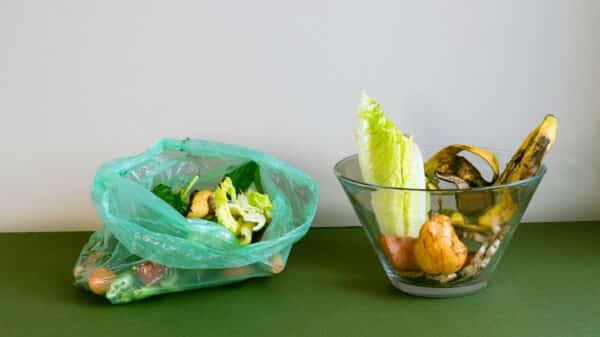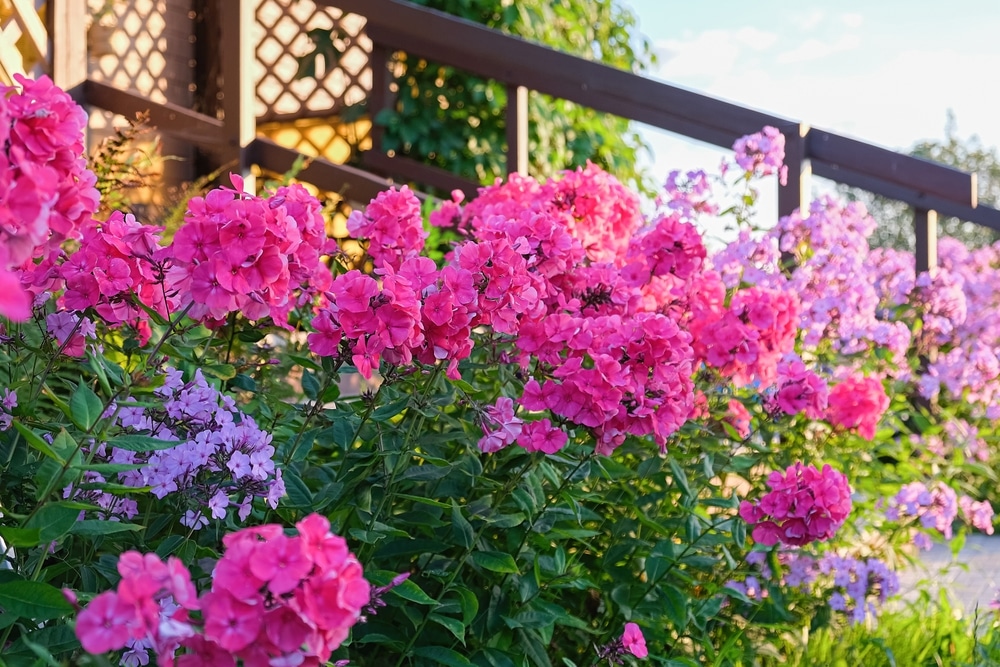Most millennials can likely remember the moment they first encountered Miss Honey’s captivating wildflower garden in *Matilda*. This imagery stirred dreams of having our own enchanting cottages adorned with vibrant black-eyed Susans, primroses, and bluebells. While *The Secret Garden* from the ’90s also held its charm, we must acknowledge that gardening can often feel daunting, requiring more time, meticulousness, and patience than many of us possess. Enter the trend of “wild gardens”—an innovative and freeing approach to gardening that feels like a fairytale come to life.
At its essence, wild gardening celebrates nature’s untamed beauty. There aren’t stringent rules to follow. You simply grab a packet of wildflower seeds, scatter them over a cleared section of soil, add some water, and let nature do its thing. Forget the meticulous planning of perfect rows and pH levels; this method encourages you to embrace a more spontaneous and enjoyable experience.
Beyond their visual appeal, wild gardens play a crucial role in supporting our ecosystem. These joyful patches create vital habitats for pollinators—like butterflies, bees, hummingbirds, and even bats—bringing life and activity to your yard.
Despite the seemingly relaxed approach, a few considerations are necessary to help your wild garden thrive. “Wild gardening embraces nature’s unpredictability,” states Mary Jane Duford, a seasoned gardener and certified permaculture designer. It involves loosening your control and connecting with the natural environment around your garden.
Choosing Seeds for Your Wild Garden
While creating a wild garden is liberating, selecting the right seeds is essential. Duford highlights that not all wildflower blends are equal. Some are specifically curated to cater to local growing conditions and feature native species that benefit nearby pollinators. Conversely, poorer-quality mixes might be overrun with “filler” seeds—annuals or quick-growing grasses that won’t provide lasting advantages to pollinators.
When shopping for seeds, seek suppliers that clearly outline the species within their mixes, offer germination rates, and reveal where the seeds were sourced. Stay away from vague terms like “wildflower mix” without detailed descriptions.
Consider your geographical region, too. Certain wildflowers flourish in specific areas but may become invasive in others. A quick visit to your local extension office’s website can provide guidance on what will succeed in your garden.
Duford also advises using a combination of annuals and perennials. This strategy guarantees beautiful blooms in the first season while establishing a garden that continues to flourish year after year. If you prefer some order, avoid overly aggressive species that may dominate your garden. Duford recommends scattering seeds more densely than traditional methods and suggests mixing fine seeds with sand to aid even distribution. Don’t forget to include favorites like bee balm, purple coneflower, and milkweed to attract a variety of pollinators.
Remember that wildflower gardens can take a season or two to fully establish, so it’s wise to let flowers reseed naturally and leave food sources for birds rather than constantly tidying up.
The Lowdown on Soil Prep
You might find videos of gardeners tossing seeds with little prep, but Duford stresses that a bit of groundwork is essential. “Even a small amount of prep can significantly impact,” she points out. For optimal seed germination, your seeds need firm contact with the soil and limited competition from weeds.
A simple wild garden setup might look like this:
– Mow the area low.
– Clear away debris.
– Roughen the soil’s surface using a rake or hoe.
– Water thoroughly.
– Scatter seeds and press them lightly into the soil.
– Finish by giving it a gentle watering.
If you’re willing to invest more effort for greater rewards, consider these steps:
– Remove existing plants.
– Tiller the top few inches of soil.
– Mix in compost.
– Add sand to improve drainage if your soil is heavy clay.
– Rake it smooth.
– Scatter seeds and press them in lightly.
– Water gently.
How Often Should You Water?
“Wildflower seeds require consistent moisture until they germinate,” Duford advises, suggesting light watering once or twice daily if rain isn’t forecast. Following the emergence of seedlings, you can reduce your watering frequency.
Placing Your Wild Garden
One of the joys of wild gardening is the creative latitude it offers. You can plant wildflowers virtually anywhere—by your porch, around a fire pit, or even in more obscure areas of your yard. However, Duford recommends some foresight. “Leave a buffer zone around structures,” she notes, since wildflower patches can retain moisture, attract insects, and potentially spread beyond intended boundaries. In fire-prone areas, choose low-flammability plants and position wildflower spots further from buildings.
To benefit wildlife and enhance soil health, retain seed heads, hollow stems, and leaf litter. “It may look a bit untidy, but it adds to the charm of allowing nature to guide your garden layout,” she says.
Can You Wild Garden with Vegetables?
Definitely! If you’re keen on growing vegetables this summer, you can adopt wild gardening principles here as well. Rather than planting in neat rows, scatter a mix of edible seeds—like spinach or radishes—over bare soil. Utilize seeds from kitchen scraps, such as squash or peppers, to uncover delightful surprises sprouting in those overlooked corners of your garden.
Duford suggests leaving space in your vegetable patch for “self-seeding volunteers.” Plants like pumpkins, dill, and tomatoes often reseed themselves, so if they appear unexpectedly, welcome them as part of your wild landscape.
Enhancing Your Wild Garden
Your wild garden can be as simple as scattering wildflower seeds or repurposing leftover vegetable scraps. Want even less fuss? Duford recommends allowing sections of your lawn to grow wild, welcoming violets, yarrow, and dandelions. These areas not only improve soil health but also attract pollinators, transforming your yard into a maintenance-free mini-meadow.
You can further invite surprises by placing bird feeders or baths nearby to encourage naturally self-sowing plants like sunflowers, enhancing the wild atmosphere you’re fostering.
Ultimately, the essence of your wild garden is to promote simplicity and ease. At its core, the process boils down to this: scatter the seeds, provide some water, and witness what thrives. Duford notes that once your seedlings are established, you can even cut back on watering to encourage deep root development, conserve water, and favor plants that are well-adapted to your local conditions.
This endeavor is about cultivating joy and beauty in your space while supporting the ecosystem, all without the added stress of traditional gardening. So why not embrace the wild? It could lead you to a green haven right in your backyard.
Image Source: Elena_Gr / Shutterstock
























